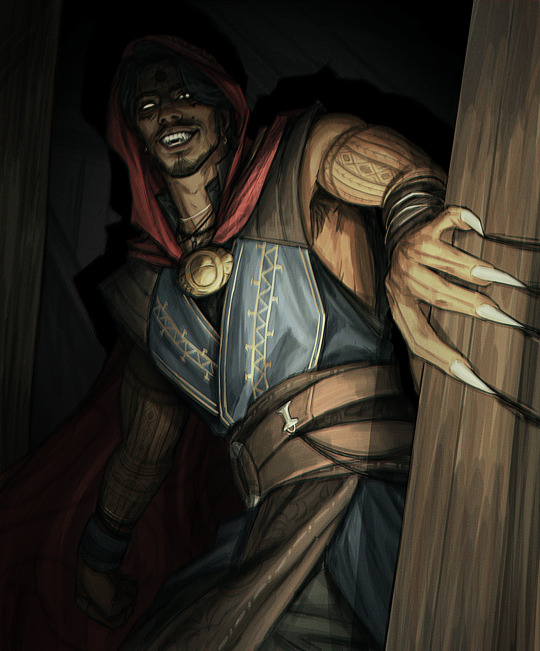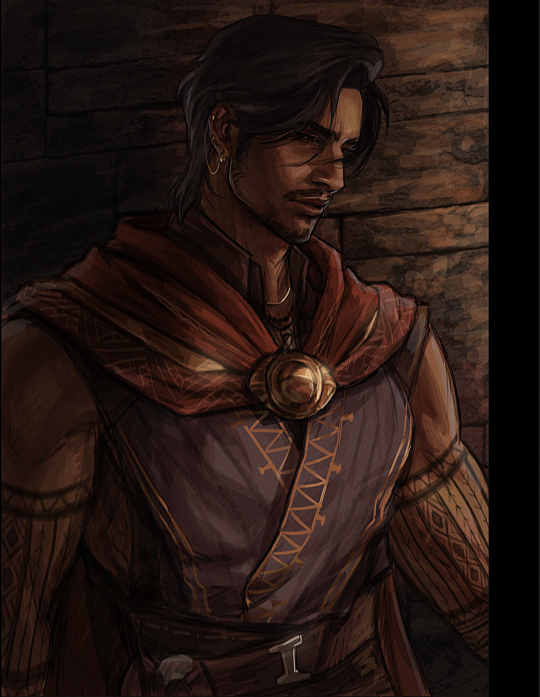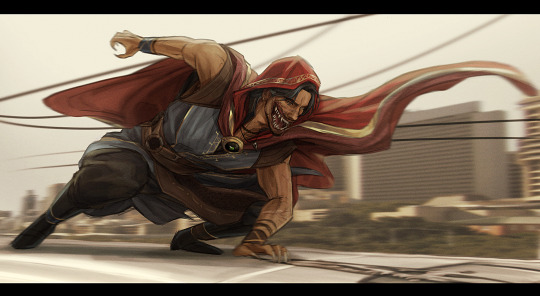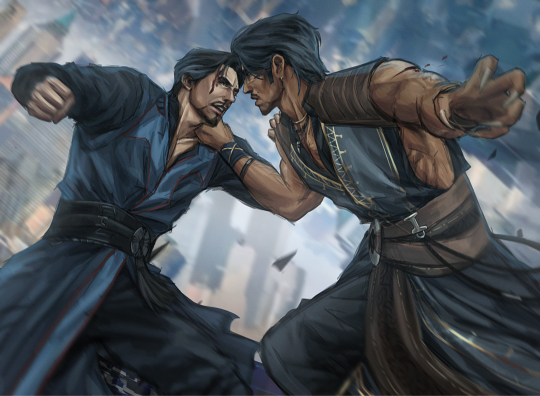#stefan sahakian
Explore tagged Tumblr posts
Text





The Sorcerers! By freelance artist, Jay
#marvel comics#dr strange#doctor strange#stefan sahakian#stephen strange#scarlet witch#wanda maximoff#clea#clea strange#cleatara shurani#wong#wong marvel#bhundegara wong#au#redesign
250 notes
·
View notes
Text





strangesona dump teehee
#dr strange#doctor strange#strangesona#oc#fanart#art#marvel#dr strange multiverse of madness#multiverse of madness#marvel fanart#marvel oc#stefan sahakian#titojefie#artists on tumblr
202 notes
·
View notes
Text
Royal Castle Warsaw – Top Attraction in Warsaw
The Royal Castle in Warsaw is a baroque-classicist residence, the former house of many Polish monarchs and kings. Nowadays it performs museum and representative functions. Originally it was the residence of the Dukes of Mazovia, and since the 16th century, it was the seat of the authorities of the First Polish Republic: the King and the Parliament.
In its long history, the Royal Castle was repeatedly plundered and devastated by Swedish, Brandenburg, German and Russian troops, during wars and occupations.
In 1980, the Royal Castle along with the Old Town were included in the UNESCO World Heritage list, and in 1994 together with the historical town complex, the Royal Route and Royal Wilanów, it was considered a historical monument.
The Collection
The collection at the Castle includes paintings, sculptures, drawings, graphics, furniture, ceramics, glassware, textiles, clocks, weapons, numismatic items and objects of archaeological value.
In the chapel of the Royal Castle in Warsaw, the royal insignia of Stanisław August Poniatowski are kept such as the Chain of the Order of the White Eagle and the ceremonial sword of the Order of St. Stanisław. In the chapel, there is also a casket with the heart of Tadeusz Kosciuszko.
The insignia of the President of the Republic of Poland are kept in the Royal Castle: stamps of the President of the Republic, Flag of the Republic and state documents. In 1994, Countess Karolina Lanckorońska donated 37 paintings to the Royal Castle. The collection contains two paintings (portraits) of Rembrandt: Scholars at the pulpit and Girl in the frame of the painting, both paintings were originally in the collection of Stanisław August Poniatowski. In December 2018, the violin, made by Antonio Stradivari, was deposited in the Castle deposit. This is the first such instrument in postwar Poland, it was created in 1685 and received the name Polonia.
The History
Setting of a wooden and ground castle in the 14th century on the Vistula embankment at the mouth of the Kamionka river was connected with the founding of the city of Warsaw. Both initiatives are attributed to the prince Bolesław II of Mazovia.
In the first half of the 14th century, the original castle-watchtower was transformed into the center of the Mazovian dukes.
In 1526, the last Mazovian noblemen died childlessly and the Czersk-Warsaw district was included in the Kingdom of Poland. King Zygmunt I came for the first time to Warsaw and took the oath of the Mazovian Parliament and took over the Castle.
In 1563, a decision about expanding the Castle was made, but the works started in 1569. By virtue of the resolution of the Union Parliament of Lublin, Warsaw and the Castle were recognized as a permanent place of meetings of the Seym of the Polish-Lithuanian Commonwealth.
The extension of the Castle, according to the design of the architect Giovanni Battista Quadro, slightly changed its external shape, much more interior.
Almost from the beginning of the reign of King Zygmunt III Waza Warsaw and the Castle, due to its convenient location, became the place of longer stays of the royal court.
After 1598, the pursuit of regaining the native crown became an important goal of Zygmunt’s policy. In such circumstances, he decided to move the mansion permanently to Warsaw and make an essential extension of the Castle.
The period of the Swedish Deluge and the three occupations of Warsaw by the Swedish and Transylvanian armies brought the castle plunder and devastation of interiors. The Swedes took not only a significant part of the artistic collections gathered in the Castle (including 200 paintings), but also permanent elements of interior design (marble floors, fireplaces) and garden architecture (sculptures, fountains). Parts were burned down and the Clock Tower was damaged.
However, the interior was substantially reconstructed relatively quickly so residential and public functions were restored to the Castle.
Castle’s greatness
During the reign of Stanisław August Poniatowski, the last Polish monarch, the Royal Castle had a period of its greatest splendor. The amounts deposited from the royal treasury and the private royal box were enormous. The king surrounded by patronage artists and craftsmen. All of the above, as well as political views and the artistic taste of the ruler, allowed the transformation of the “ancient seat of Polish kings” into a representative royal residence, taking into account the aesthetic and ideological concepts of the European Enlightenment.
The building of the Royal Library was built from scratch, using the area next to the east wing of the Castle. Inside, a royal collection was collected, which in 1795 had more than 16 thousand volumes.
In the 19th century, Emperor Napoleon Bonaparte visited the Castle. Here in 1807 he decided to create the Principality of Warsaw. Soon afterwards, in 1815, the Kingdom of Poland was established and the capital was moved from Cracow to Warsaw.
Wars and occupations
After the January Uprising, the Russian army completely destroyed the royal garden from the side of the Vistula, building several brick barracks. During the years 1915-1939, restoration works were carried out at the Castle.
In the interwar period, many outstanding conservators of art worked at the Castle, which made the Royal Castle in Warsaw one of the most important conservation centers in contemporary Poland. Since 1926, the Royal Castle served as the residence of the Polish president.
In September 1939, the Royal Castle burnt after German bombing. Plunder of art from the Castle began after the occupation of Warsaw by German troops. The final destruction of the building took place during the Warsaw Uprising.
In 1949, the Legislative Parliament unanimously passed a resolution to rebuild the Royal Castle. Until 1974, the castle was rebuilt in its raw basic shape. Interior furnishing (furniture, paintings, collections of works of art, etc.) and finishing works lasted until 1988.
in the 21st century, comprehensive repairs of various parts of the Castle were taking place to get the most out of its original appearance.
Royal Castle Sightseeing
There are several permanent expositions and seasonal/temporary exhibitions.
Permanent exhibitions:
● The Tin-Roofed Palace:
○ Prince Józef Poniatowski’s Apartment
○ Exhibition of eastern carpets from the Teresa Sahakian Foundation collection
● The Kubicki Arcades
● The Upper Garden
● The Lanckoroński Collection – Rembrandt’s Paintings. Gallery of Paintings, Sculpture and the Decorative Arts
● The Royal Castle – from Destruction to Reconstruction
● The Numismatic Cabinet
● Stefan Żeromski’s Apartment
You can choose the Royal Castle Route that includes:
● The Royal Castle – from Destruction to Reconstruction exhibition
● Rooms on the ground floor: The Lanckoroński Collection – Rembrandt’s Paintings. Gallery of Paintings, Sculpture and the Decorative Arts, The Royal Library
● Rooms on the first floor: The Great Apartment, The King’s Apartment, The Four Seasons’ Gallery, The Parliament Chambers, The Matejko Rooms
● Rooms on the second floor: The Numismatic Cabinet, Stefan Żeromski’s Apartment
Royal Castle Opening Hours
● Monday:
○ (1 September – 30 April): closed
○ (1 May – 31 August): 10:00-18:00
● Tuesday, Wednesday, Thursday, Saturday: 10:00-18:00
● Friday: 10:00-20:00
● Sunday: 11:00-18:00
Royal Castle Tickets The Royal Castle Route:
● normal ticket – 30 PLN
● reduced ticket – 20 PLN
● children up to 16 years old – 1 PLN
Guided tours:
● headsets required for a guided group – can be rented for 5 PLN per person
Audioguide:
● normal ticket – 17 PLN
● reduced ticket – 12 PLN
Language versions: Polish, English, German, Russian, French, Spanish, Italian
The Royal Castle – from Destruction to Reconstruction exhibition:
● FREE admission
The Numismatic Cabinet:
● normal ticket – 7 PLN
● reduced ticket – 5 PLN
● children up to 16 years old – 1 PLN
Stefan Żeromski’s Apartment:
● available during weekdays on request based on a ticket for the Royal Castle Route or a ticket to the Numismatic Cabinet
The Kubicki Arcades:
● FREE admission
The Tin-Roofed Palace:
● normal ticket – 15 PLN
● reduced ticket – 10 PLN
● children up to 16 years old – 1 PLN
The Upper Garden:
● FREE admission
IMPORTANT: Tickets can be bought on the spot at the ticket office or online. During the Summer season there might very long queues, sometimes waiting time reaches up to 2h. It is advised to buy tickets in advance during the high season.
Royal Castle Tours
If you don’t feel like organising everything on your own, our great guided tour to Royal Castle will be the perfect option for you!
It will give you unique chance to explore the Royal Castle and area around with local professional guide. All of our guides are licenced and official, and have huge knowledge but also a passion to what they do. You will learn everything you want about Castle’s history and hear interesting curiosities about this place that you wouldn’t find in any guidebook! Choosing our tour, you won’t have to wait in line at ticket office, skip the line entry is always guaranteed and included in price.
There are 2 options that you can choose from, and both of them can be arranged in private or shared version:
1. Royal Castle Guided Tour – 2 hours tour that includes sightseeing the Warsaw Royal Castle. You will have a proper introduction outside the Castle and chance to admire its beautiful architecture. Then you will see the Castle’s interior during the Royal Castle Route.
2. Royal Castle and Warsaw Old Town Guided Tour – 3 hours option that includes everything from shorter version and in addition you will be taken around the charming Warsaw Old Town. The Royal Castle is placed at the beginning of the Old Town, so you will have a chance to see the tiny streets with colorful buildings along them and learn this area’s rich history.
Private version is a great choice if you’re coming to Warsaw with a group of friends or family. Your private guide will be only at your group’s service and will answer all of your questions. We offer our tour in 7 different languages: Polish, English, German, French, Russian, Spanish and Italian. Private guided tours take place every day (except Monday and Wednesday) at 11:15am and 4:15pm.
If you’re traveling alone or in a very small group, then a shared group version of this tour will be the best for you. You will have a chance to meet new interesting people from all over the world with whom you will be sharing this tour. No worries about the crowds though, the group will be up to 15 people only. Group tour is held only in English and takes place every day (except Monday and Wednesday) at 11:15am.
1 note
·
View note
Text


first oc art vs now
stefan sahakian <33
#yes my oc used to be a dr strange headcanon#art#marvel oc#oc#oc art#artists on tumblr#digital drawing#drawing#illustration#titojefie#sketch#doodle#artist support#digital artist#multiverse of madness#doctor strange#marvel
118 notes
·
View notes